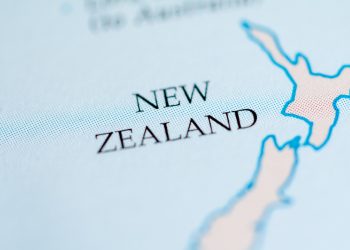The noise from cargo, container and tanker vessels are causing communication problems for two key marine species on the Hauraki Gulf, Scientists from the University of Auckland stressed. Their research found that the common reef fish and bryde’s whales have had their communication space reduced due to the amount of ship noise on the surface.
The study focused on two species which use sound to communicate: Bryde’s whales (Balaenoptera edeni) and the common reef fish, Bigeye (Pempheris adspersa).
PhD candidate Rosalyn Putland and Associate Professor Craig Radford from the Institute of Marine Science combined sound recordings from four hydrophone “listening stations” over a nine month period with automatic ship tracking data to track underwater noise contributed by shipping.
The results showed that every time a vessel passed within 10km of a listening station, it reduced communication space for bigeyes by up to 61.5% and by up to 87.4% for Bryde’s whales.
Moreover, noise from cargo, container and tanker vessels overlapped their vocalisations up to 20% of the time.
Recreational boats produce sound that also overlaps fish and marine mammal vocalisations.
“Communication space is the range at which two species can hear each other and this study has found the range at which bigeyes and Bryde’s whales can communicate is significantly reduced when a ship comes past,” study co-author Associate Professor Craig Radford said.
The study highlights the importance of the 10-knot speed restriction within the Hauraki Gulf Marine Park area, in order to benefit marine species, Rosalyn Putland mentioned.
“The voluntary speed limit of 10 knots is fairly recent but we believe is having a significant effect on helping reduce noise in the Gulf to allow species to hear each other.” Even so, when a ship is directly above marine animals, it reduces communication for those animals almost completely, or by 99 percent,” Ms. Putland concludes.
You can see more information on the study here.






























































